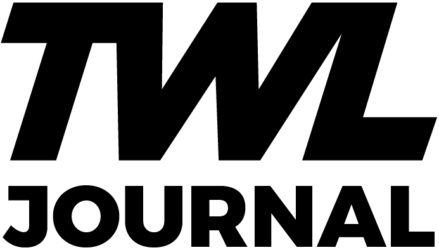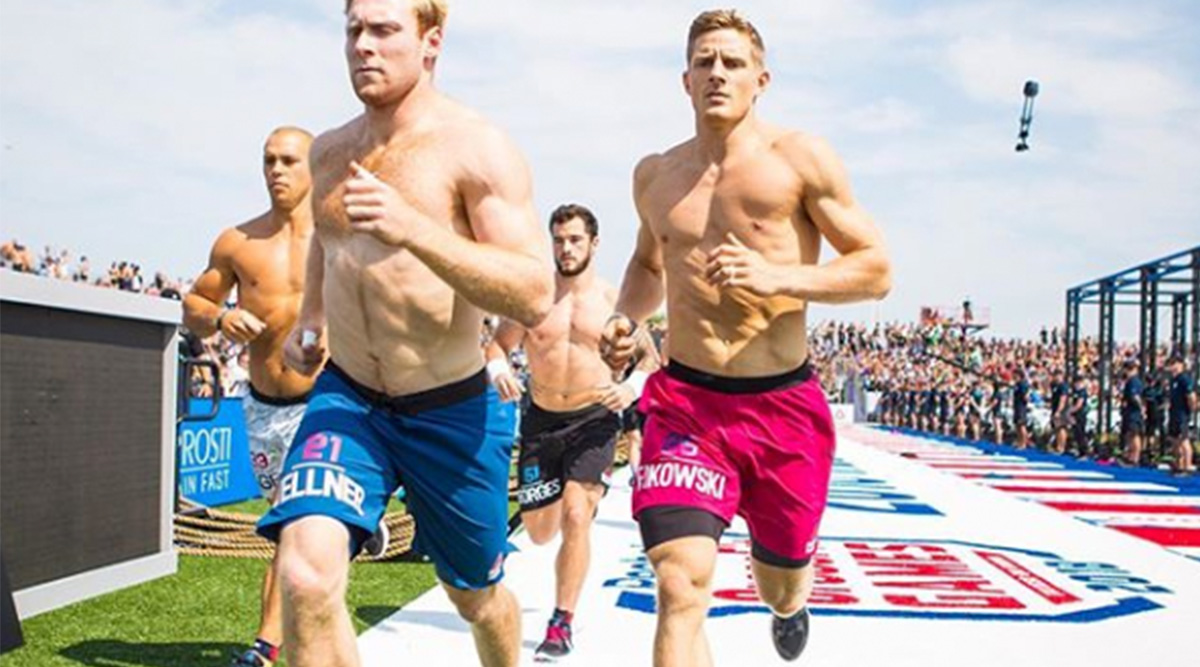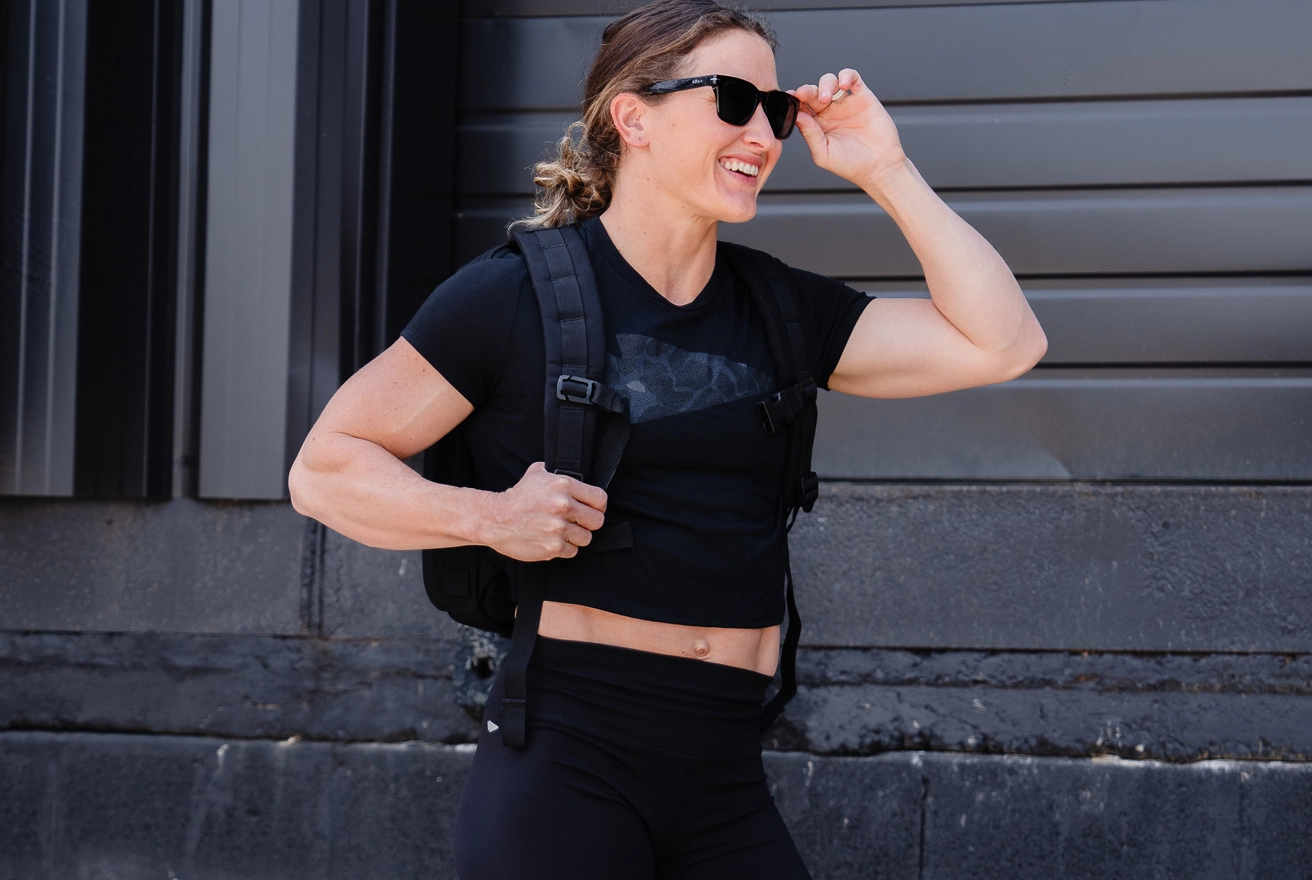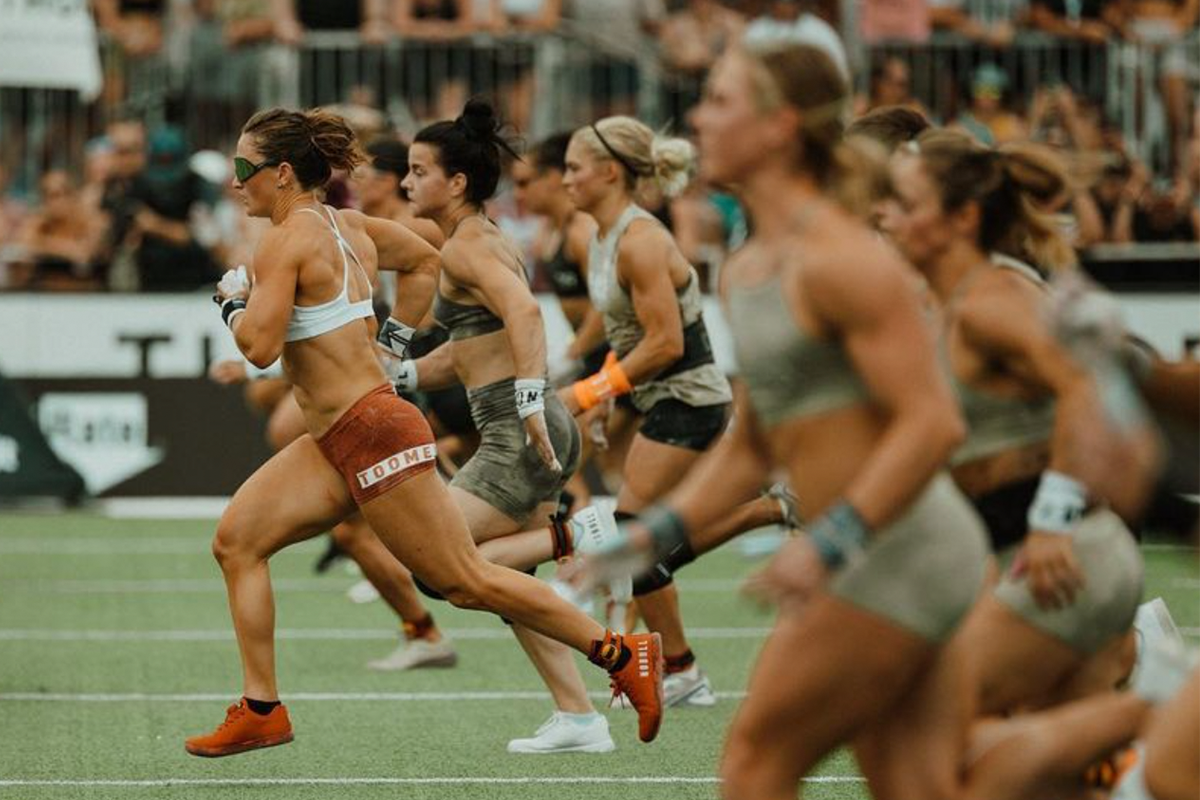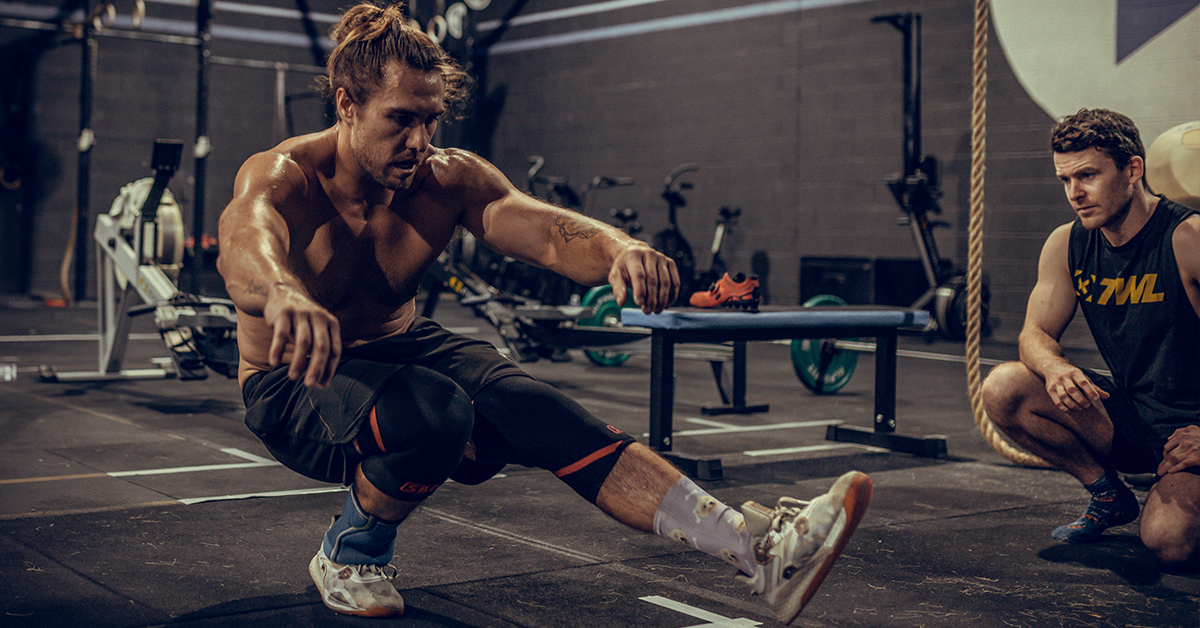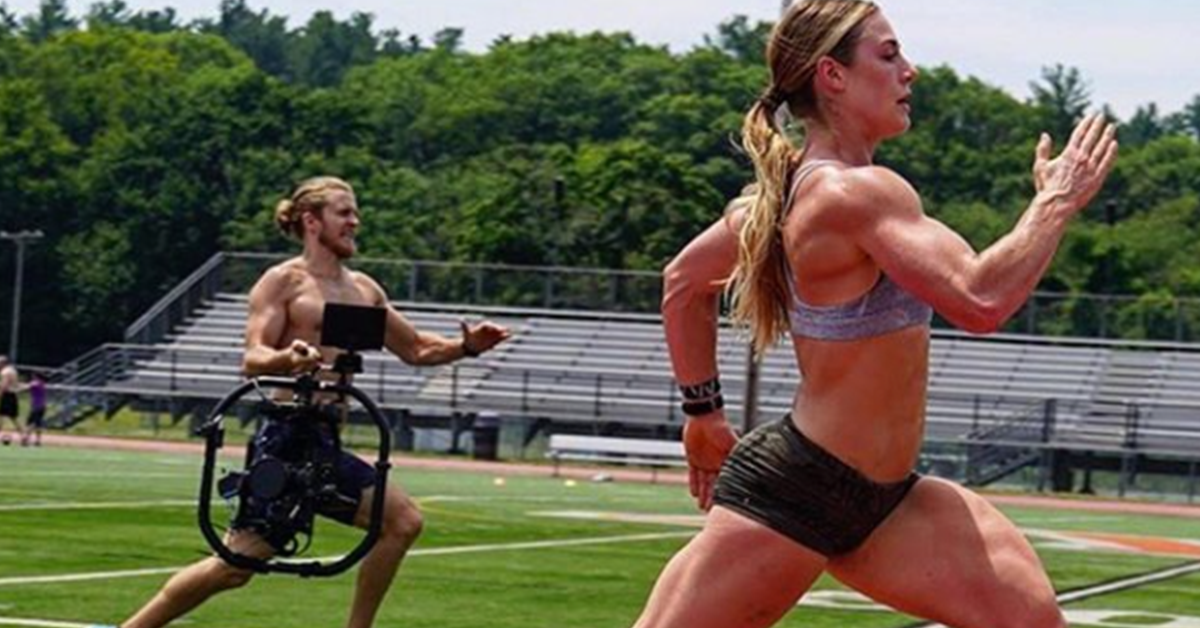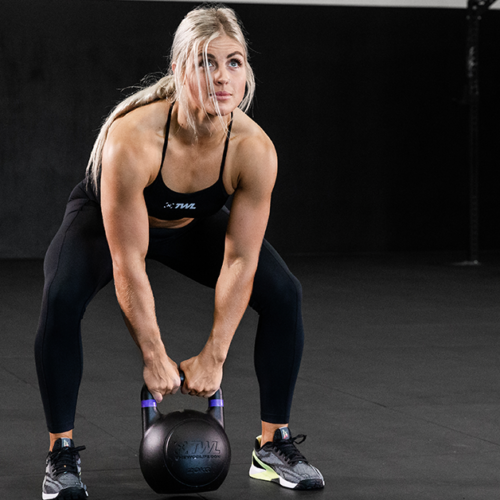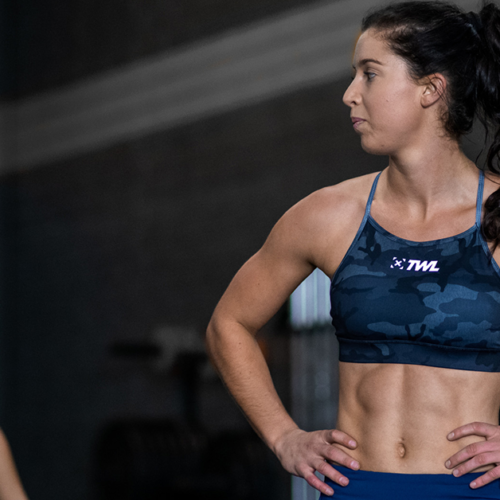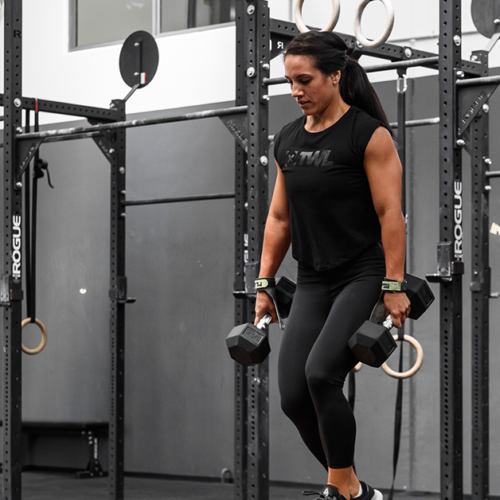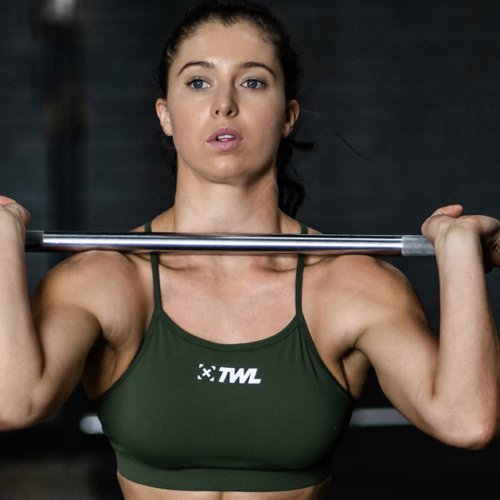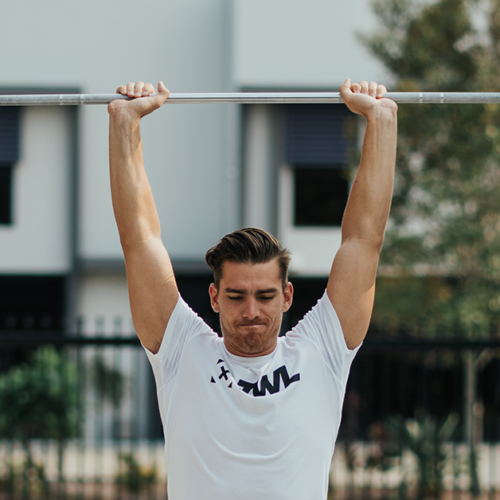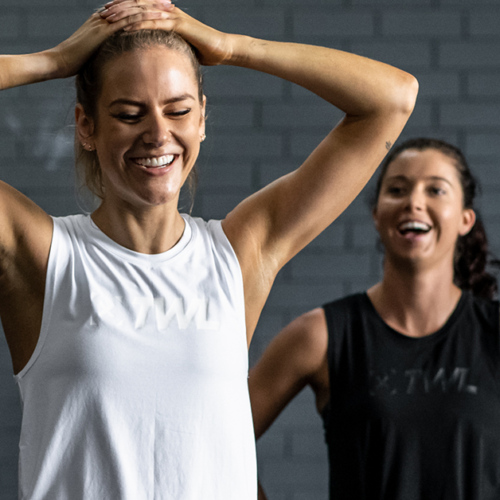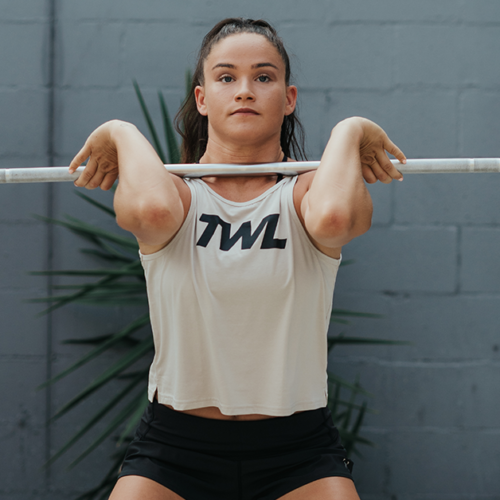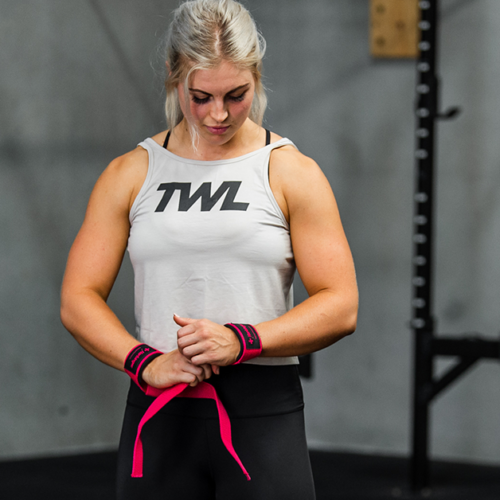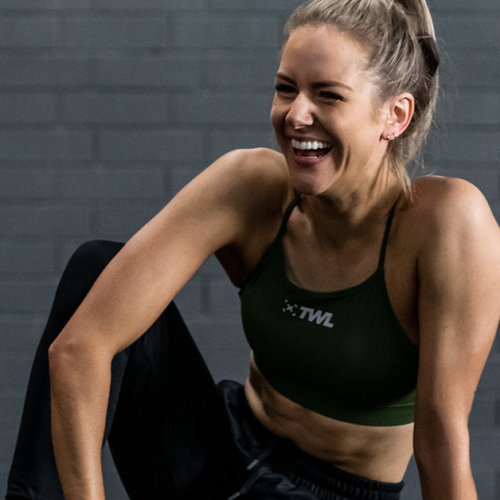With news that each country will be naming its fittest male, female, and team came a lot of excitement — and a lot of questions. It equates to not just a lot more competitors involved but also a wider range of skill levels. Why? Simple. The sport of CrossFit is still a new discovery in many countries, meaning each country’s top athletes aren’t necessarily Tia-Clair Toomey or Mat Fraser.
My Fitness Analytics wanted to measure just how big the gap is, exactly, so they did. They went country by country and determined the highest placing male and female in the scope of the Open. These are the athletes who would, as of 2019, be named the fittest and receive an invite to the Games. They shared their findings in a Google spreadsheet.
In the U.S., the top athlete in the Open ranked first. In Canada, the best male athlete ranked second. For France, it was third. Iceland was 12th, and Australia was 31st.
View this post on Instagram
Where it gets interesting is when you look at the countries with the bottom-most rankings.
In Fiji, for example, the top male athlete ranked 71,168 in the Open. In Bulgaria, he ranked 42,911 in the Open.
These are athletes who would, based on the new Games format, still receive an invitation.
None of this is to say that some athletes aren’t as deserving of an invite as others, but it does raise some important questions. How do you come up with a competition that’s fair to all athletes, when the gap in their skill set is so wide? Can you have a fair competition at all?
Greg Glassman has touched on this topic already, explaining that there will be some kind of elimination that will further narrow down the athletes.
While we don’t have all the answers yet, one thing is for certain: 2019 is going to look very different.
Main image: Brent Fikowski/Instagram
